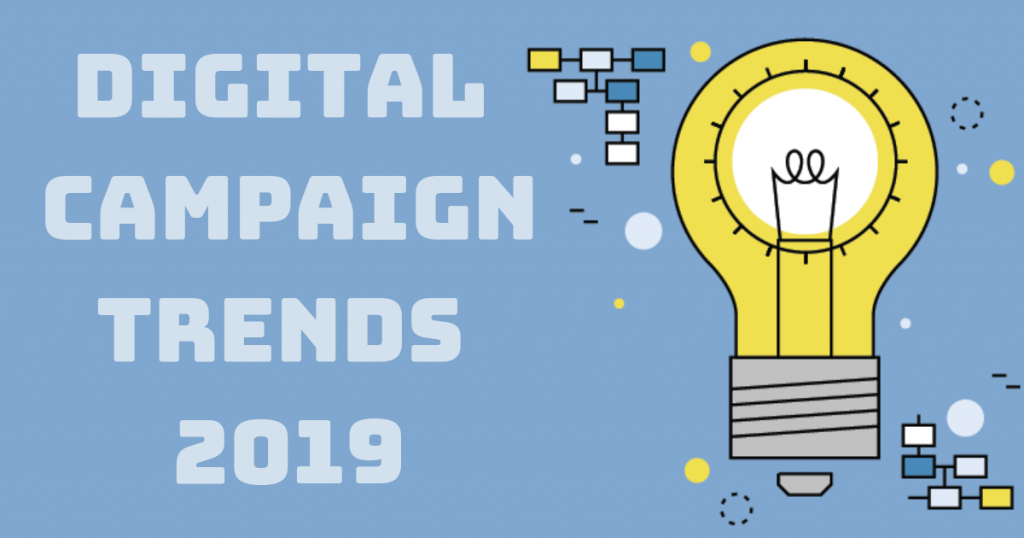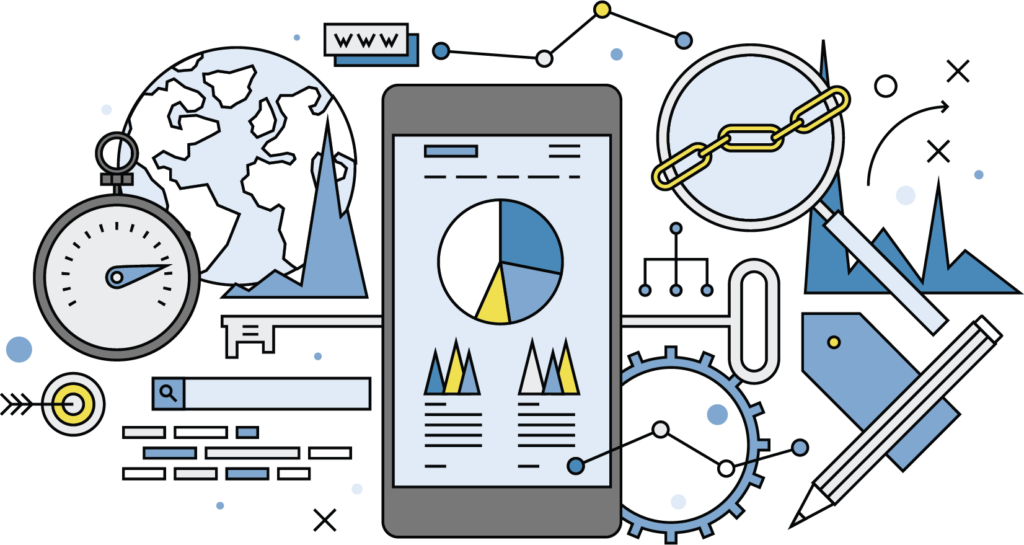
4 Digital Trends You Can’t Ignore in Your Next Campaign
When machines rule the world, personalized ads, predictive experiences, audience retargeting, and KPI tracking capabilities are in the palm of your hand.

It’s easy to leave out certain digital ad features and tracking in marketing campaigns that haven’t always been implemented in the past. However, ignoring these measurement tools can impact where you stand amongst your competitors. As access to mobile devices and digital platforms grow each year, so do digital trends. Now, the goal is to create authenticity with a human touch in an AI, digitally dependent world.
The following data-driven digital marketing techniques not only improve ad relevance and experience for users, but also increase advertisers return on investment.
Personalized Ads

Mobile and online use increases year over year. As a result, the challenge we face as advertisers means there’s also an increase in creative content to gain the user’s attention. More and more brands are looking to raise the standard when it comes to engaging with consumers.
Have you ever shopped for something to then be served an ad featuring that product later? If the answer is yes, then you’ve experienced your own personalized ad. While some may think this remarketing tool is “creepy,” consumers actually don’t mind when brands collect their personal information if they exercise a high level of transparency, according to the Harvard Business Review. As well, some studies show that consumers prefer custom-tailored advertising as long as it’s done correctly. Per Adlucent, their studies have found that 44 percent of customers preferred this convenient form of advertising.
Like cookies, personalized ads store useful information that can be used later for convenient and relevant ads. These type of ads connect with users on a more personal level with specifically tailored content and messages that are relevant to an individual, which fosters more engagement. In 2018, Adobe found that 42 percent of respondents are annoyed when digital content isn’t personalized to content they’ve previously “liked” or shown any interest in. This is why it’s crucial to integrate this strategy in your digital campaign and put the tools in place that can accurately provide the relevant content.
Predictive Experience

Another digital trend you shouldn’t ignore is predictive analytics for consumer experiences. Our industry has used data analytics in the past to look back on what has already occurred to determine what worked or didn’t work.
Now, with predictive analytics, we can use collected consumer data to predict what they want in the future based on their browser and purchase history, preferences, lifestyle, geographic areas, and demographics. By generating predictive content, we can serve ads on items a user has searched for or researched on another website. They are more likely to react and engage with the content because we’ve predicted their consumer behavior habits.
For example, if a user has a history of interest and purchase behavior for a particular brand or item, the brand itself can promote to that user. This is a helpful and lucrative way to capture the correct consumer that has previously been happy with their experience and have them come back for more.
Audience Retargeting

Ever wonder how to retain those customers that visit your site but leave without taking any action or converting? You need to take advantage of your first-party data and utilize audience retargeting to segment your database.
We can easily do this by placing tracking pixels on your website and set events to fire or track any actions that are deemed useful. Once a visitor hits your landing page or site, the pixel will detect the user’s actions and capture it, such as their unique user ID, page view actions taken, form submission data, and more. After pulling the consumers’ information from the pixel, you can then re-target those users using market-specific messages based on their previous behavior to encourage the desired conversion or action.
Another thing you can do with this list is transform it into a lookalike audience, which are new people that closely match the users that took actions such as form fills, conversions, etc. As a result, your previously potential customers turn into customers and you likewise reach additional users that look like your customers. This technique is one you don’t want to ignore in the future.
KPI Tracking

Today, in order to understand consumers’ digital path to purchase, we must layer multiple data points like CRM, Google Analytics, market research and competitors to assign credit throughout a customer’s journey.
Attribution helps us marketers find accurate ways of how and when different digital channels contribute to a conversion event. Because attribution is never just one thing and not all consumers have a simple path to purchase, utilizing these various KPI tracking methods help piece the complex puzzle together. By implementing matchback attribution methods, you can determine your sales attribution through your pixel and various channels. These pixels “follow” a digital visitor through social media networks, search engines, and sometimes even through offline purchases.
Luckily for us, mobile phones are crossing the threshold of brick and mortar locations as well. If your KPI tracking tools are used properly, you can send a consumer a digital coupon, know when they use the coupon, and find out which brick and mortar location it was redeemed. If you’re missing this level of accuracy in your campaigns, it’s time to implement this tactic going forward.
Looking for more tips on building and implementing a successful digital strategy?
Check out our full range of topics here.

